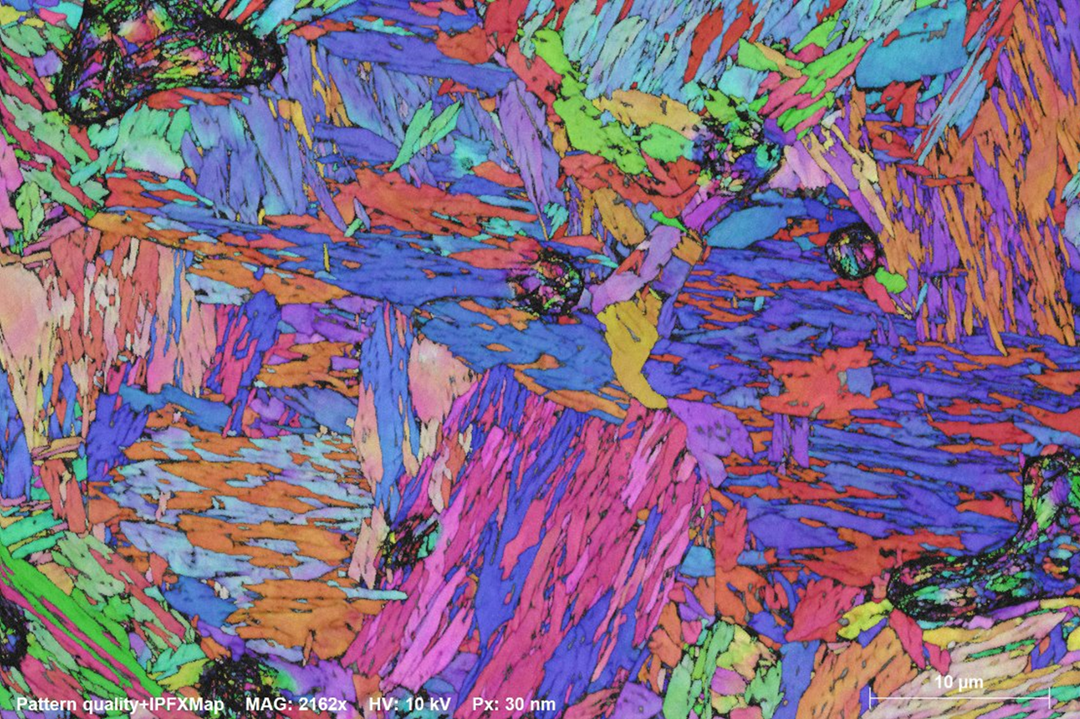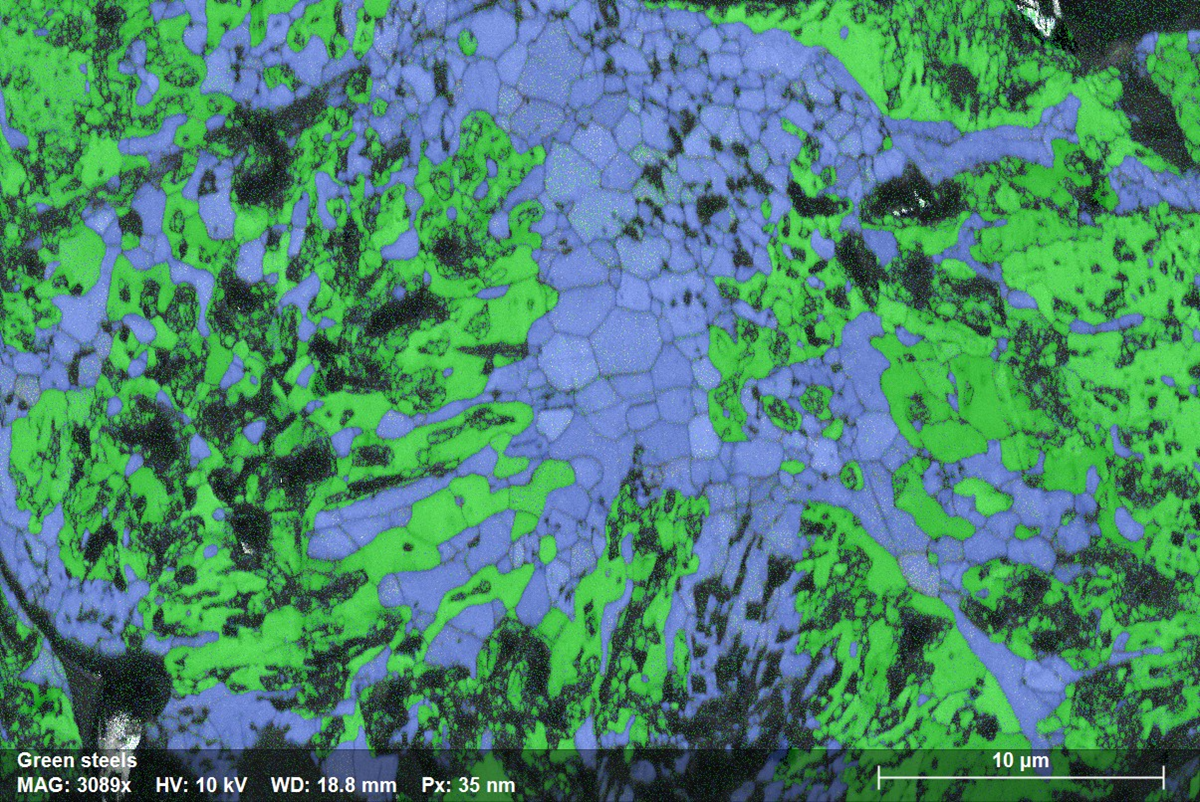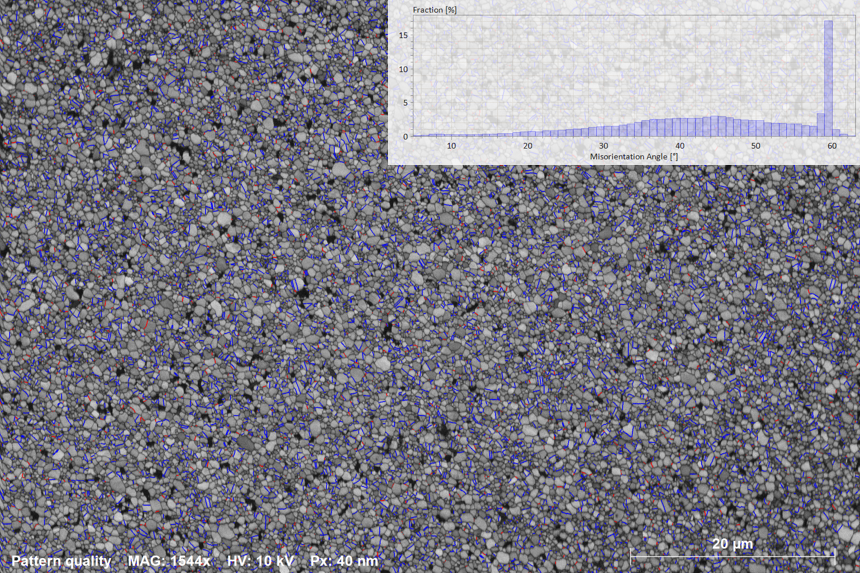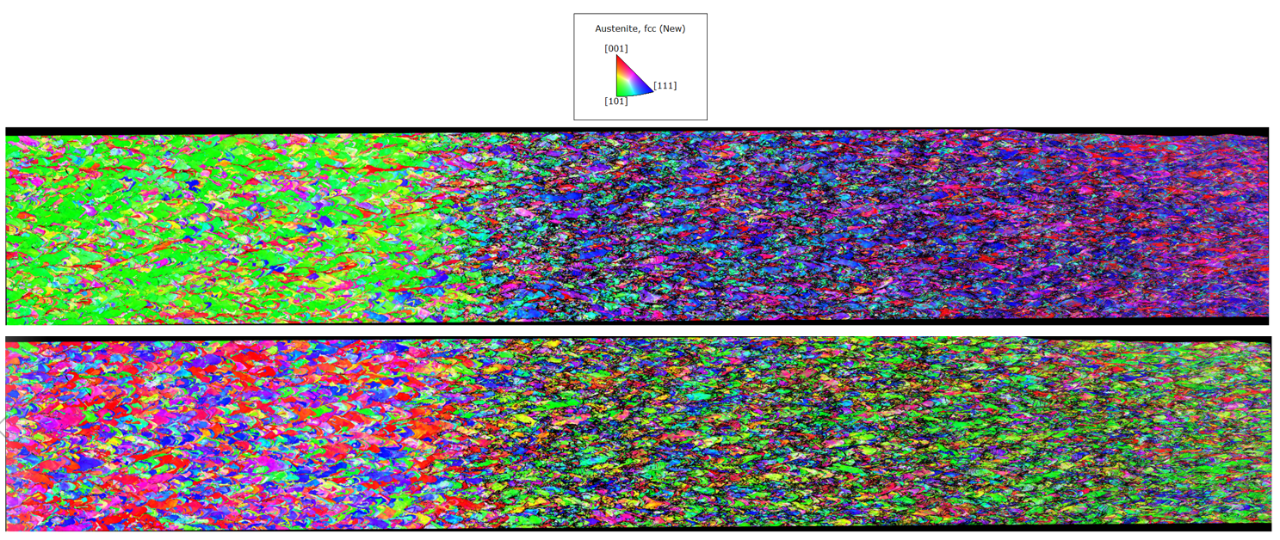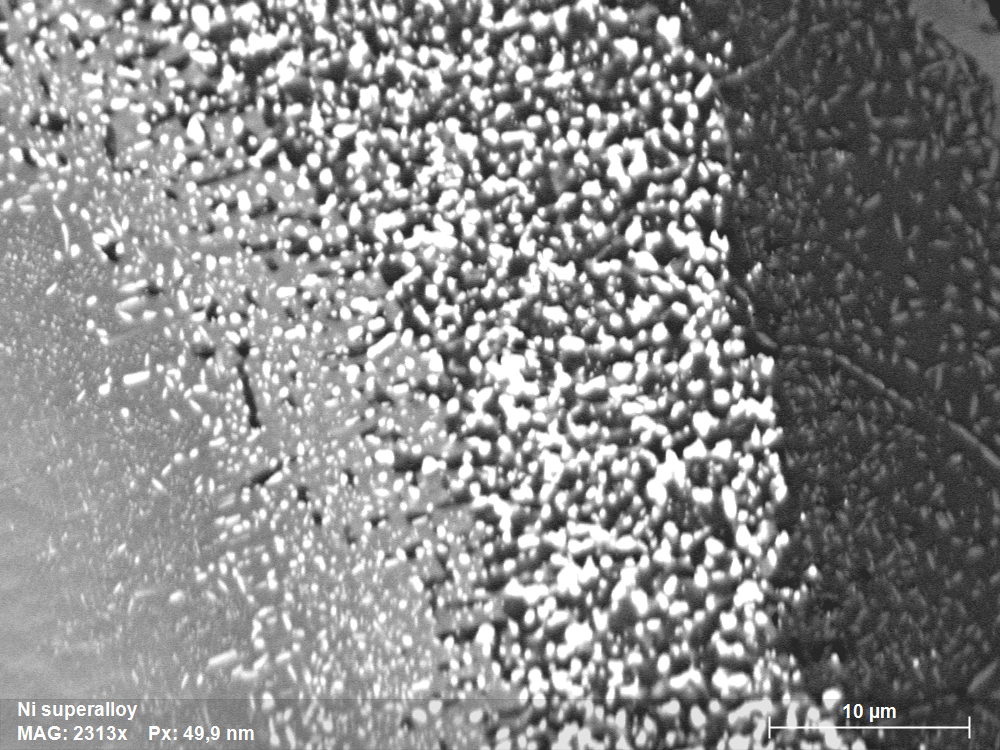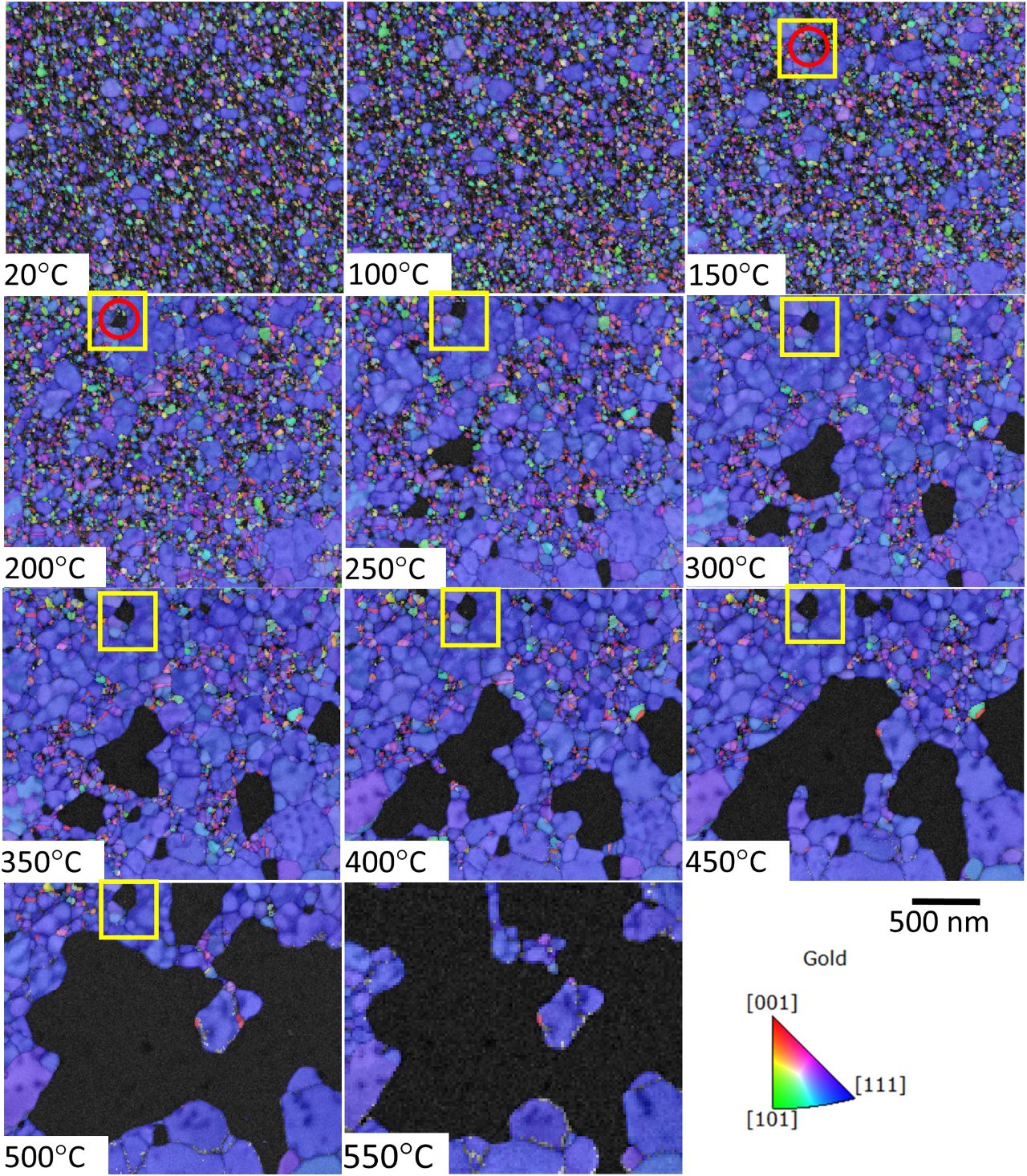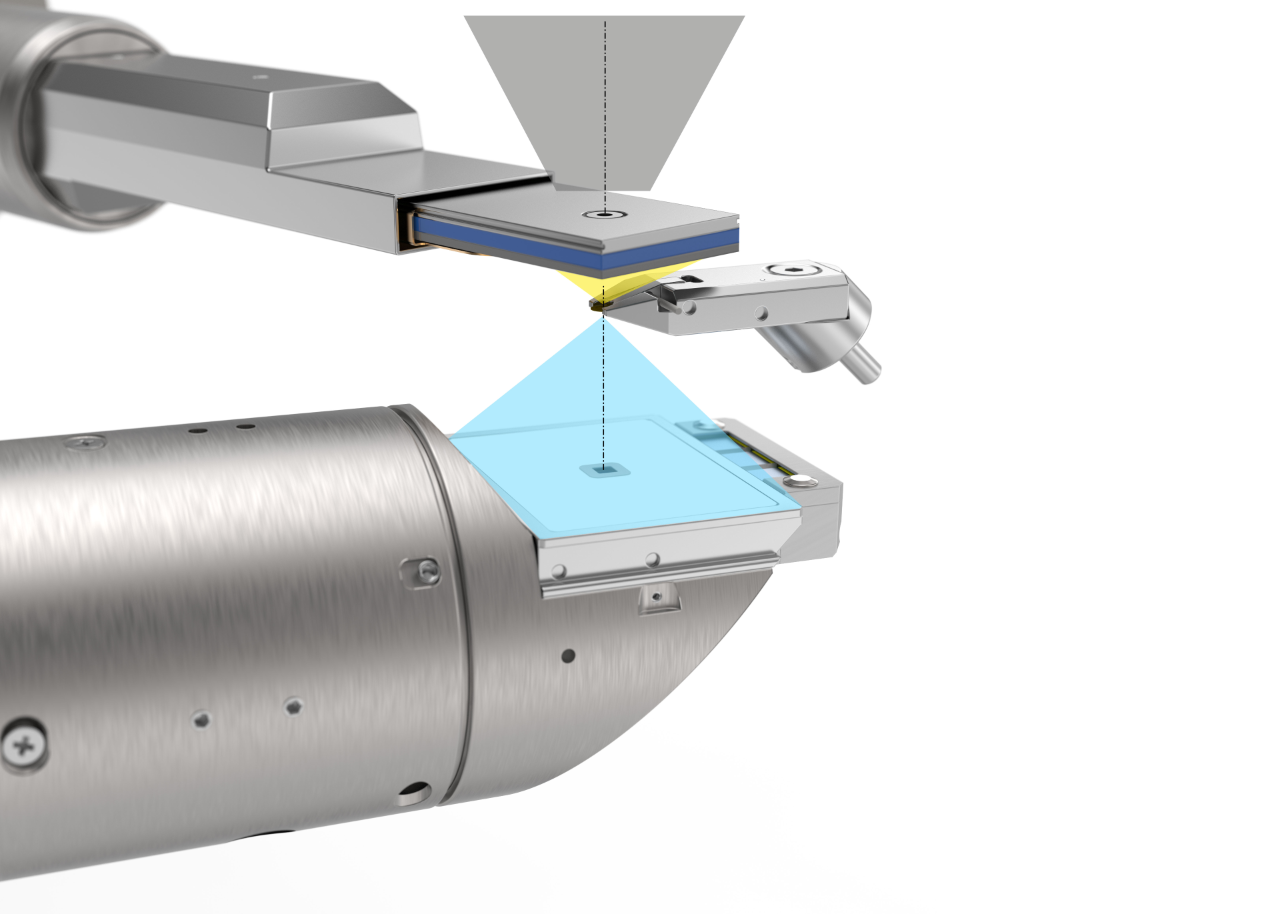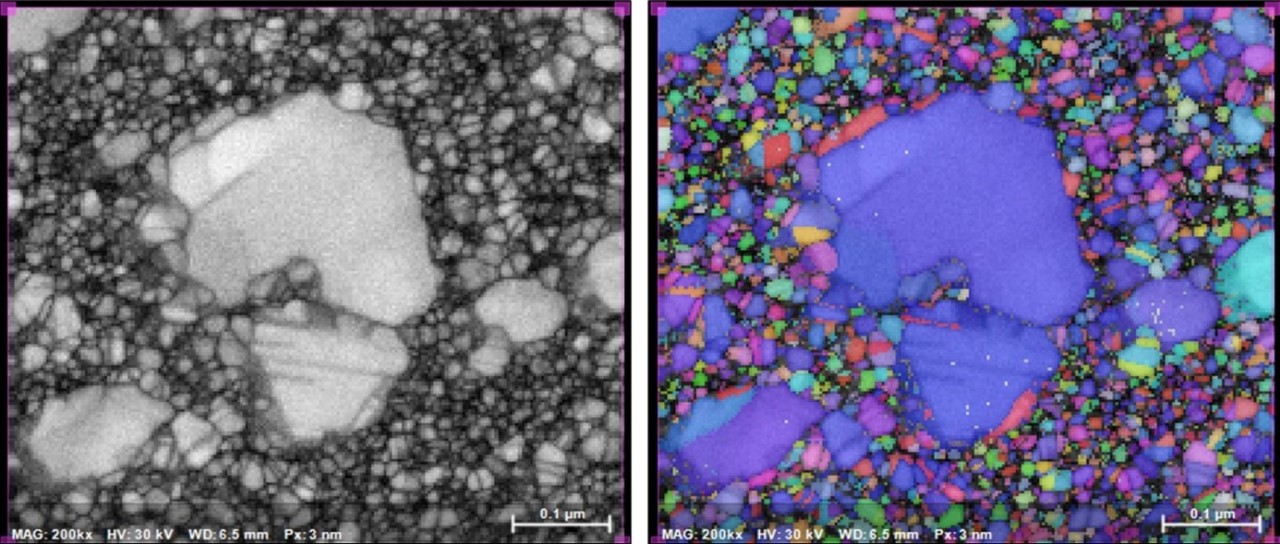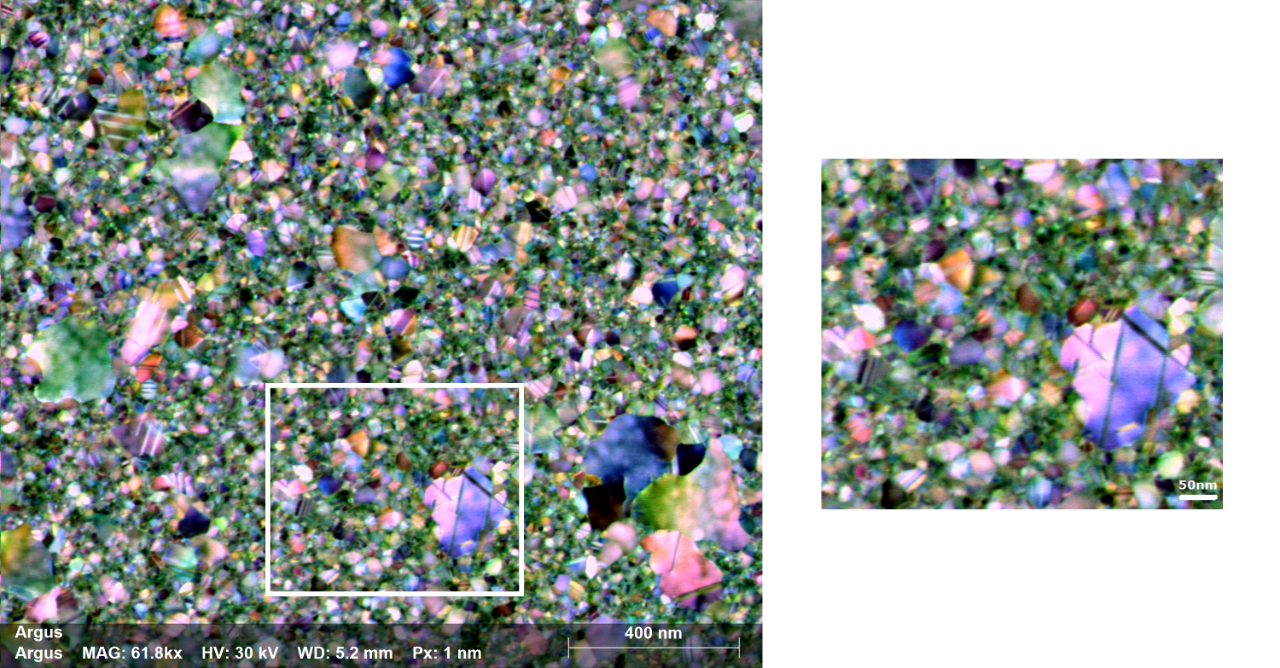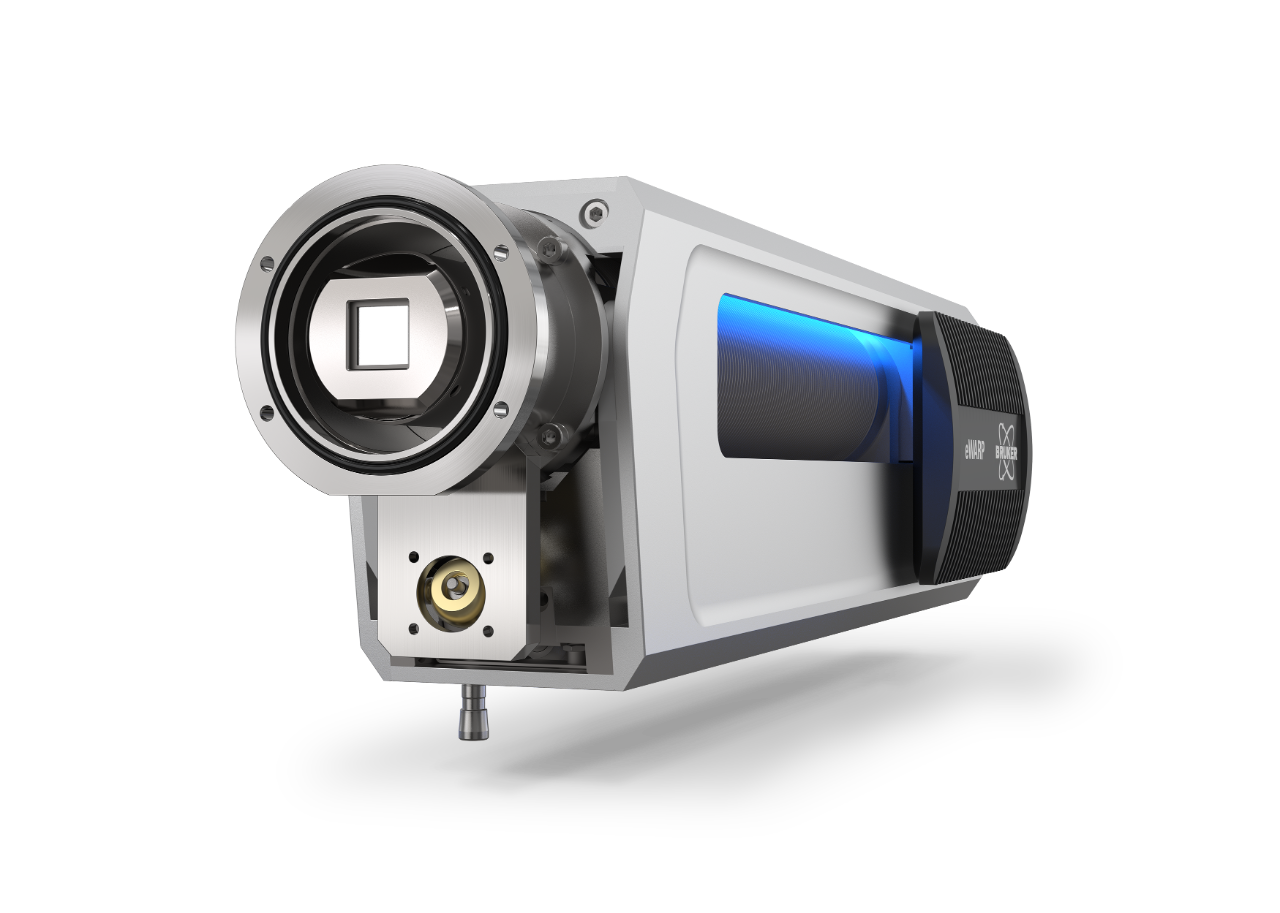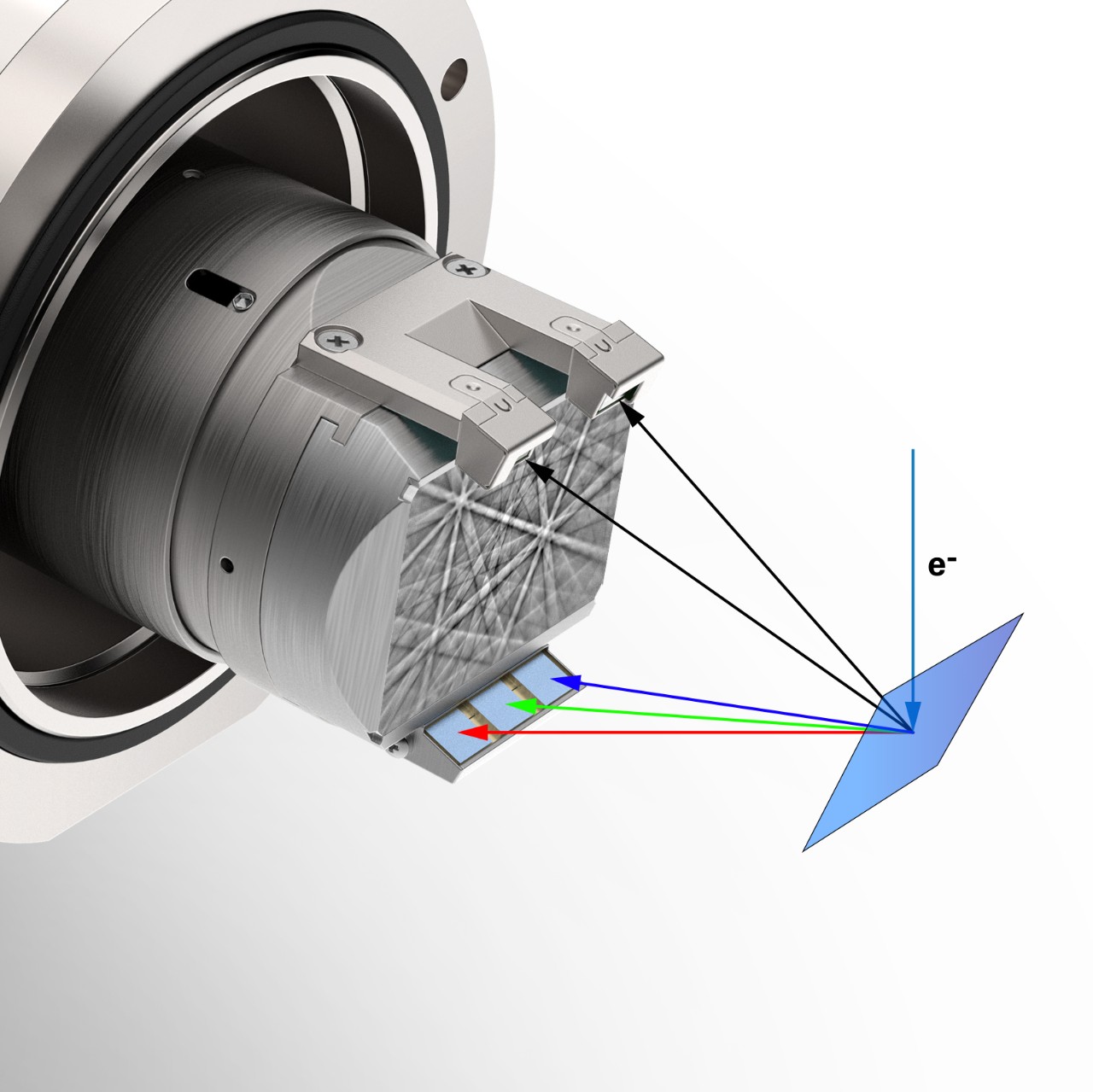QUANTAX EBSD
With eWARP
Enter a new era of EBSD


QUANTAX EBSD - Faster and More Sensitive EBSD Than Ever Before
QUANTAX EBSD is a complete analytical solution for scanning electron microscopes (SEMs) including an EBSD detector and ESPRIT software.
QUANTAX EBSD works with a range of detector options, the latest being the revolutionary eWARP detector - the fastest and most signal efficient EBSD detector ever.
eWARP is the first ever detector powered by a pixelated sensor that was designed from scratch with EBSD in mind. This, alongside the sensors wide area pixels and CMOS technology, makes eWARP the fastest and most signal efficient EBSD detector available.
Using eWARP and the ESPRIT analytical software suite, QUANTAX EBSD provides an unprecedented level of analytical power. The data collected can also be easily integrated with other microanalytical techniques such as elemental mapping with EDS.
Detectors for QUANTAX EBSD
A range of different detectors and detector upgrades are available for QUANTAX EBSD, including eWARP - the fastest EBSD detector ever that operates electrons only.
Our portfolio includes the new and revolutionary eWARP detector for direct electron detection (DED) as well as eFlash with an OPTIMUS 2 detector head for on-axis TKD and with ARGUS™ for FSE/BSE Imaging.
QUANTAX EBSD with eWARP - Enter A New Era of EBSD
QUANTAX EBSD, equipped with the advanced eWARP detector, pushes the limits of what can be achieved using EBSD.
Ultra-Fast Measurements with Low Beam Requirements: High Productivity and High Resolution
eWARP requires only moderate electron beam settings, e.g. 10 kV accelerating voltage and 12 nA probe current, thanks to its unprecedented signal efficiency, even when used at its maximum speed of 14,400 patterns per second.
The patterns produced with these low beam conditions have high enough quality to be analyzed by the ESPRIT software suite with indexing rates above 99%.
In comparison with conventional EBSD maps obtained at 20 kV, the spatial resolution can be enhanced by a factor of two due to the reduced accelerating voltage. In other words, eWARP enables EBSD mapping at extreme speed with at least 25 nm resolution and excellent indexing rates.
The incredible speed and spatial resolution delivered by eWARP will have a major impact on most EBSD applications. In particular, large area mapping, 3D EBSD, and in-situ experiments will experience groundbreaking advances
Figure 2: Ni superalloy sample measured at 10 kV and 12 nA. Black frames indicate map regions in Figure 3.
Speed: 14,429 fps, Map size: 7.6 Mpixels, 84 x 56 µm2, Map time: 8:46 min, Step size: 25 nm, Indexing rate: 99%
10 kV is the New Norm: Improved Statistics and Spatial Resolution
Thanks to its exceptional signal efficiency, eWARP facilitates low-kV EBSD without any disadvantages, leading to unprecedented improvements in spatial resolution and indexing quality. These innovations enable the use of EBSD as a quantitative analysis tool in previously inaccessible fields and materials.
Battery materials research and production is an emerging field where EBSD demonstrates considerable potential. The grain size and the shape as well as the fraction of high-angle boundaries impact several performance factors of batteries such as capacity, charging speed, lifetime, and safety.
Figure 4 illustrates a large orientation map of a Lithium Nickel Cobalt Manganese (NCM) battery, showing the detection of even the smallest grains. The map contains around 12,000 grains. The insert in Figure 4 provides a detailed view of the fine microstructure of an NCM cathode particle.
Figure 4: Top - High-resolution EBSD map of a NCM (nickelcobalt-manganese) battery measured at 10 kV and 12 nA.
Speed: 3,300 fps, Step size: 25 nm, Map size: 3.8 Mpixels, Map time: 19:20 min
Bottom - Grain size distribution histogram corresponding to a single particle of cathode material (insert). The particle contains more than 1,000 grains with an average diameter size of 428 nm.
20 nm Resolution for Difficult Materials: Resolve Ultra-Fine Grain Materials
One significant advantage of 10 kV EBSD is especially evident for the characterization of martensitic structures in steels and titanium alloys. The lower accelerating voltage minimizes the interaction volume, positively impacting both spatial resolution and the contrast in Kikuchi patterns. More visible bands result in higher probability of a correct indexing, thereby improving data quality, which is crucial for successfully correlating EBSD results with material properties.
Figure 5 presents EBSD data obtained from a martensitic stainless steel sample prepared by conventional mechanical polishing method. The pattern quality map (top) reveals a typical Martensite lath structure with a resolution of 20 nm. The corresponding crystal orientation map (bottom) clearly shows the high indexing quality in the raw data without applying data cleaning.
Fast, High-Resolution EBSD Mapping of Complex Microstructures
The exceptional sensitivity and resolution of eWARP enables detailed characterization of fine and complex microstructures.
The detector's unique direct electron detection sensor allows crystallographic information to be captured from features as small as a hundred nanometers. This makes it possible to resolve intricate grain structures, sub-grain boundaries, and phase distributions.
In the video example we show the EBSD mapping of a 3D-printed steel.
Augmented ARGUS™ System for FSE/BSE Imaging: Ultra-Fast, Ultra-Detailed Microanalysis
The augmented ARGUS™ imaging system provides various key features and benefits:
- Lightning-fast FSE/BSE imaging
- New virtual FSE imaging
- Orientation, topographic and phase contrast
- 1 Mpixels in just 3 seconds
- 5x images acquired simultaneously
- Color coded or grey scale
- Ideal for automated continuous acquisition during in-situ experiments
eWARP’s patented binning technology is central to the new ARGUS™ imaging system, enabling superfast FSE imaging at up to 350,000 pixels per second and providing 80 times more signal per pixel compared to native resolution mode. This results in faster and higher quality FSE images (see Figure 7).
Additionally, ESPRIT now includes the capability to create Virtual ForeScatter Electron (VFSE) images automatically during EBSD mapping, without compromising speed or signal integrity. Figure 7 shows a set of five VFSE images from a duplex stainless steel.
Figure 7: VFSE images showing orientation and topographic contrast in a duplex stainless steel sample.
Each image is created by a different area of the sensor.
ESPRIT Software - Ultra-Fast Pattern Processing, Post Processing and EDS Integration
Operational Benefits: Increased Uptime and On-Site Upgrades
On-site firmware upgrades for:
- Enhanced performance
- Improved user experience
Detector monitoring for predictive maintenance (with customer permission)
On-site sensor module replacement to maximize uptime
EBSD mapping at 10 kV as the new standard – eliminating radiation damage
Applications of Electron Backscatter Diffraction Analysis
QUANTAX EBSD can be used in a wide range of microanalysis applications with the eWARP detector for ultra-fast, low-kV EBSD as well as solutions for FSE/BSE imaging and on-axis TKD.
eWARP - The Dawn of a New Era in EBSD Technology
Resources & Publications
Learn more about EBSD
Interested in learning more about EBSD? Visit our explainer page:
Application Notes
Spec Sheets
Contact an Expert
Get in touch with one of our experts to learn more about QUANTAX EBSD and how it can be used to push your research further.
